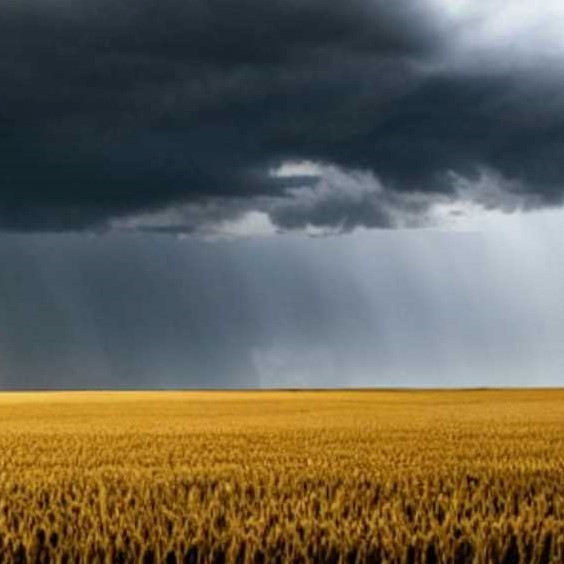
Determining the right time to begin harvesting specific crops with a combine harvester can vary depending on factors such as crop type, weather conditions, and desired moisture levels. Here are some general tips and tools that can assist farmers:
- Consult crop maturity indicators: Keep an eye on the crop’s maturity indicators, such as color changes, seed head or pod development, or physiological ripeness stages. These indicators can help you determine the optimal time for harvesting.
- Monitor moisture content: Harvesting crops at the correct moisture content is crucial to prevent quality degradation and storage issues. Utilize moisture meters or handheld devices to regularly measure the moisture levels of the crop. Ideal moisture levels can vary for different crops; refer to crop-specific guidelines for accurate information.
- Follow crop-specific guidelines: Different crops have specific harvesting recommendations based on their growth patterns, maturity indicators, and market demands. Consult crop-specific resources, including agricultural extension services, local experts, or publications, to understand the best practices for each crop.
- Field observations: Regularly monitor your fields to assess crop health, maturity, and any signs of stress or disease. Keep records of your observations and compare them with historical data to make informed decisions about the optimal time for harvesting.
- Networking and knowledge sharing: Engage with other farmers, agricultural associations, or online farming communities to exchange experiences and learn from their practices. This can provide valuable insights into local conditions and best harvesting practices.
- Utilize modern technology: Agricultural technology continues to evolve, offering tools like remote sensing, satellite imagery, and crop-specific apps that can provide real-time data on crop health, maturity, and other relevant parameters. Embrace such technologies to enhance your decision-making process.
- Monitor the weather forecast: Keep a close eye on the weather forecast leading up to the harvesting period. Unfavorable weather conditions like heavy rainfall, high humidity, or prolonged periods of wet weather can delay harvesting and increase the risk of crop damage or quality loss. Conversely, dry and hot conditions may accelerate crop maturity and necessitate earlier harvesting.
- Use technology for weather monitoring: Take advantage of technology to access accurate and up-to-date weather information. Weather apps, online platforms, or agricultural-specific tools can provide detailed forecasts, including precipitation probabilities, temperature trends, and humidity levels. Consider using weather stations or sensors on your farm to gather localized weather data. These tools can help you make informed decisions about when to initiate harvesting operations, ensuring optimal crop quality and minimizing the risk of weather-related losses.
By closely monitoring the weather forecast and utilizing technology to gather weather data, farmers can proactively plan their harvesting activities, mitigating potential weather-related challenges and maximizing the overall success of the harvest. Remember, the specific timing for harvesting different crops can vary widely, so it is essential to rely on a combination of scientific knowledge, local expertise, and experience to make informed decisions.